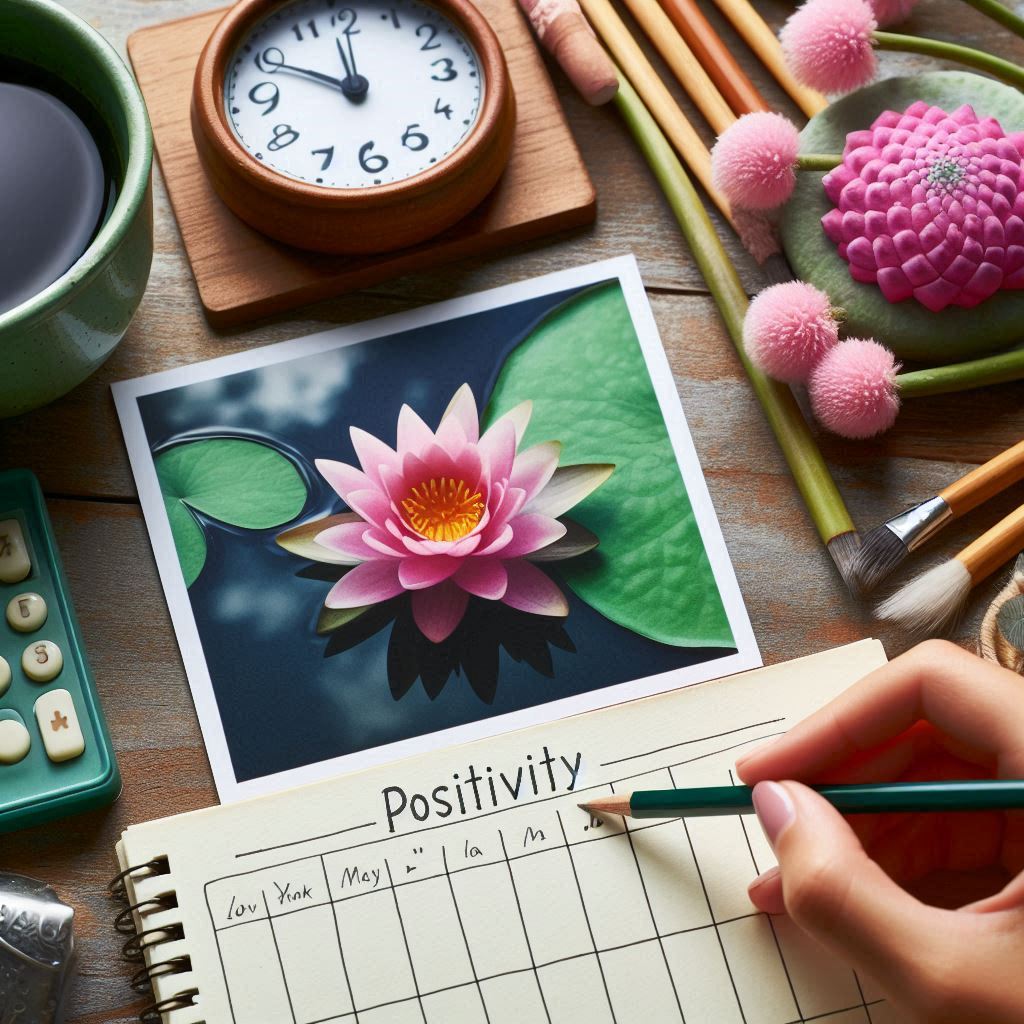Benefits of Mindful Breathing
- Reduces Stress and Anxiety: Mindful breathing activates the parasympathetic nervous system, which helps calm your body's stress response.
- Improves Focus and Concentration: By training your attention on your breath, you strengthen your ability to stay present and avoid distractions.
- Boosts Mood and Well-being: Regular practice can increase feelings of calm and contentment while reducing negative emotions.
- Improves Sleep Quality: Mindful breathing before bedtime can help quiet the mind and prepare the body for restful sleep.
- Enhances Self-Awareness: Paying attention to your breath helps you notice patterns in your thoughts and emotions.
- Supports Physical Health: Deep, mindful breathing can lower blood pressure, reduce heart rate, and improve immune function.

